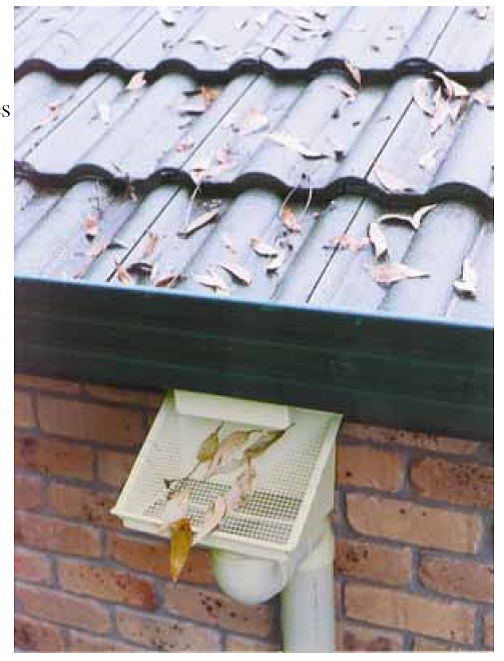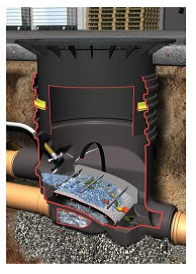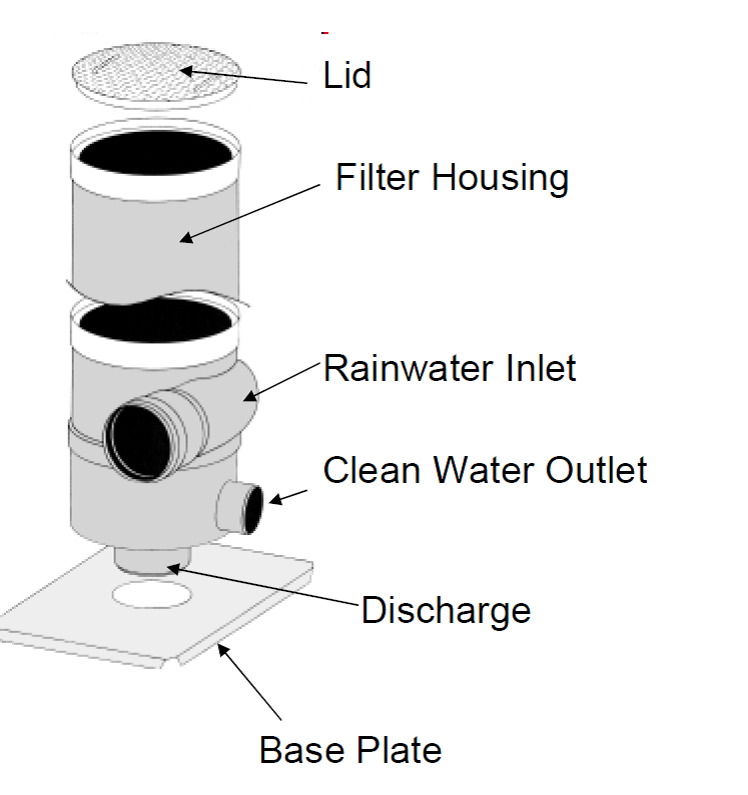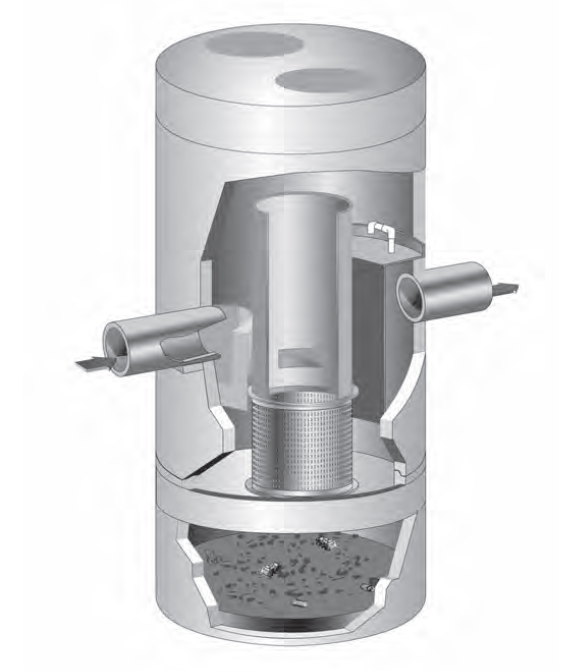An Examination of Pre-Treatment Filters
Sorry, folks. Tropical Storm Hermine is arriving just in time for the Labor Day weekend. Forecasters are calling for extensive precipitation up and down the eastern seaboard. When hard rain hits the Mid-Atlantic area, Tanks Direct can’t help but use it as an opportunity to start a conversation about rainwater harvesting systems. On the eve of the first tropical storm of the season, this week’s blog examines one of the most important components of a rainwater harvesting system – the pre-treatment filter.

In recent rainwater posts, we’ve featured Microfiltration and UV disinfection, but these processes can’t happen effectively without a pre-filtration device. Due to hard rain and wind, stormwater runoff carries larger pieces of debris and it’s important that these larger particulates are removed before water moves into the tank. It’s no secret that organic materials can degrade inside a tank if not filtered out properly. This is where the importance of a pre-treatment filter comes into play. Below, we feature common pre-filtration devices

Downspout Filters:
Downspout filters are not usually seen in the commercial applications we deal with, but they are worth mentioning. The reason we don’t normally see downspout filters is that they are useful for smaller systems with a lower flow rate. Downspout filters are set at an angle that directs and navigates larger debris onto the ground. A secondary stainless steel screen filters the remaining water so it is free of smaller particulates. This filter needs to be cleaned regularly and can get clogged easily because the only thing assisting filtration is the angle of the filter.
Self-Cleaning In Ground Filter
The most common self-cleaning in ground filter is the GRAF Optimax filter. Generally, these are found on the lower end of the flow rate spectrum. They aren’t as common in commercial applications, but they are decent filters and can be utilized if the flow is low. Unfiltered rainwater enters the system and is directed downward. Large debris and leaves are sent to an outlet port attached to the side of the filter while rainwater is filtered of medium particles by way of a stainless steel filter. Flushing occurs for about 2 minutes and afterward the filter sends the rainwater through a tank outlet. If everything is working properly and the site gets a decent rain event on a regular basis, these units will “self-clean” by pushing filtered or captured debris past the screen down to a stormwater drain.


Polypropylene Vortex Filter
The most common vortex filter is the WISY filter which is also the most common rainwater filter seen on plans and specs in this industry. It can handle mid-level flow rates and oftentimes multiple filters are specified for a single site. These types of filters separate particulate from rainwater through a “vortex” action. The stainless steel screen should be inspected every 6 months and cleaned, but rarely needs replacing. One peculiar design element of these systems is that they generally need a relatively long run (10’ or more) of the straight pipe prior to the filter. This helps to calm the water slightly before it enters the unit. These units have been installed both aboveground (mounted) or belowground (buried).
Precast SW Quality Units
Over the past 10 years, the Stormwater Quality Unit technology has advanced in serving as a pretreatment device for stormwater discharge. Many of these units are rated for a particular “Total Suspended Solids” removal by various agencies. Because of the variability of available sizes and units, you can usually find a singular unit that can provide high flow rate capacity. Common units include the CDS and SW UnitsStormceptor. These units are less common, but we have used this type on Tanks Direct projects where high flow rates made these units the best economical choice. One distinct advantage of many of these units is their ability to also remove oil and grease from rainwater. These units are made of precast concrete with various internal devices designed to remove particles from the water. The internals may use vortex, gravity, or screens to remove the particles. Waste oils and greases will rise to the top and sediment settles at the bottom. Sediment and oils/grease can then be vacuumed out at a later date during a maintenance visit. A typical system, depending on the incoming water, needs to be fully cleaned about every 12 – 18 months.

If we examine the stages of a rainwater harvesting system, pre-filtration sits at the beginning of the process. It is important for the water to be as clean as possible when it goes into the tank before further filtration and disinfection can happen. Stormwater accounts for 80% of water pollution in North America. Because of this, regulations are being implemented to help protect water resources across the country. Pre-filtration assists with protection by taking some of the larger particles and debris out of the water prior to entering the tank. This reduces the likelihood of organic materials causing discoloration, smells, septic environments, etc. You also increase the life of all mechanical components of your system such as pumps, filters, and UV lights.
As always, Tanks Direct is here to assist you. Neglect of rainwater systems is normally where Tanks Direct sees high maintenance and replacement costs. If your system is showing any kind of visual alarm, or you feel like it is not operating properly, please contact our experienced Service and Maintenance Division.